Being a car owner entails responsibility and hefty financial expenditures that one needs to be practical and keen about. Repairs, unexpected gasoline price fluctuations, auto insurance, and maintenance costs are just among the few that you’ll have to consider.
If you have been enjoying your car ownership privileges for quite some time now, you’ve experienced an unexpected road disaster. Having your car repaired can result in a blow in your savings.
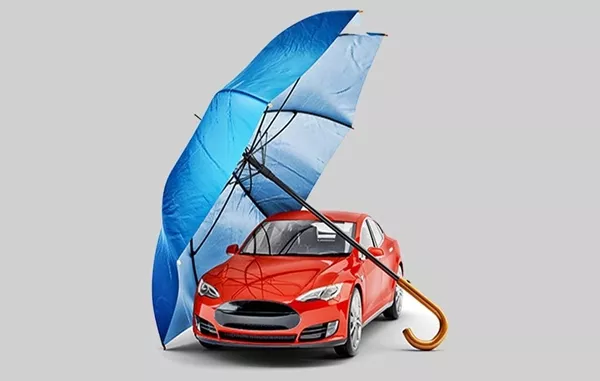
Being a car owner entails responsibility and hefty financial expenditures that one needs to be practical
Of course, there are other practical means to have a replacement for an auto part. The debate for an original equipment manufacturer (OEM) or an aftermarket piece contains the pros and cons that every car owner weighs. But, before delving into the matter, Philkotse.com will first help you identify the difference between OEM and aftermarket parts.
OEM parts
After some time of usage, the original parts of your vehicle is subject to wear and tear. The chances of its depreciation increases when a car suffered a major accident.
Repair costs and maintenance expenses are increasing day to day especially on parts that are crucial for engine performance. Thus, drivers and owners have divided opinions on purchasing OEM or aftermarket parts.
With regular use over time, the different parts of your vehicle are subject to wear and tear. A car itself is a depreciating asset in this sense, but the devaluation increases when the car is involved in a major accident.
Add to that the fact that repair costs and maintenance expenses increase periodically, driven by factors such as demand and rising oil prices. This causes motorists to have divided opinion over purchasing OEM or aftermarket parts. Original Equipment Manufacturer
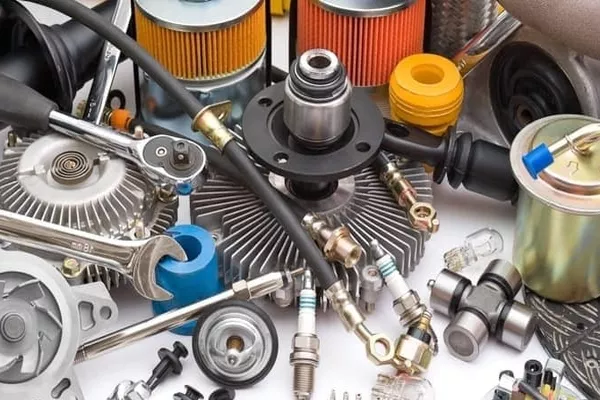
OEM parts are made by your vehicle’s manufacturer
These parts are made either by your vehicle’s manufacturer or companies that it has officially outsourced certain components too, such as the transmission and airbags.
OEM components are specifically engineered to meet a particular make and model’s specifications, so you can be sure that they are a perfect fit for your car. The major downside of OEM parts is price, as they easily cost as much as 40% of their aftermarket equivalents.
>>> Check out: OEM vs Aftermarket car parts: All you should know about its Pros & Cons.
Aftermarket parts
As opposed to OEM parts, aftermarket parts are manufactured by third party companies. They are produced in bulk volume and are designed to fit a variety of different makes and models. What makes aftermarket parts highly sought by car owners is their cheaper cost, and many of these components are comparable quality to that of OEMs.

Aftermarket parts are manufactured by third-party companies
Insurance and aftermarket parts
As a matter of financial security, car owners avail of insurance coverage to protect themselves and their rides when the unforeseen happens. However, insurance companies still run a business, and as such, the coverage they provide is subject to certain conditions.
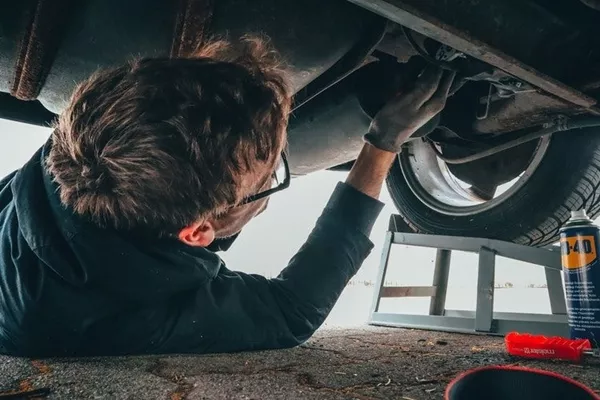
There are several vehicle aftermarket parts that probably won’t be covered by your policy
If you happen to ask some car owners if they have ever been disappointed with their own insurance coverage at some point, chances are they’ll say the answer in the affirmative.
It is important to be fully aware of the clauses that your insurance policy entails, as this will help you project which expenses the insurance is willing to shoulder, and which will have to come from your own pocket. Let’s discuss vehicle aftermarket parts that probably won’t be covered by your policy.
>>> Have you known the best car insurance policies for you in 2019?
1. Catalytic converter
Catalytic converters are also known as “cats” or “cat-cons”, large metal boxes that have two pipes attached to them, and are located on the underside of your car. Their purpose is to convert harmful chemicals found in your vehicle exhaust into harmless gases before being expelled through the tailpipe.
Catalytic converters are usually not insured, especially if you install an aftermarket alternative to replace the stock unit that came with your car. Installing a catalytic converter can be quite complex, and replacement parts are often not as durable as its original counterpart.
It’s better to have an OEM catalytic converter installed, especially since we’re talking about vehicle emissions which impact the health of everyone who is within proximity of your car.
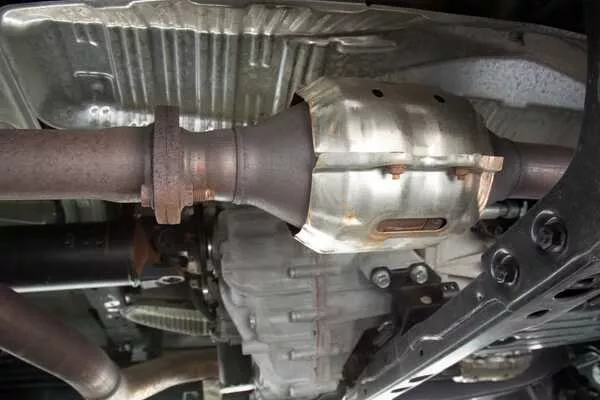
A catalytic converter is a large metal box that has two pipes attached to it
2. Alternators
Alternators are essential to keep the car running. How does it function? With the energy from a battery, the alternator works by generating power for all the electrical parts of the vehicle such as the interior and exterior lights, as well as the instrument panel. The alternator is usually found near the car’s engine and is driven by the crankshaft.
This car part usually lasts between 160,000 and 240,000 kilometers, and replacing it with an aftermarket part can void some insurance policies, as some replacement alternators are not as reliable or durable as their OEM counterparts.
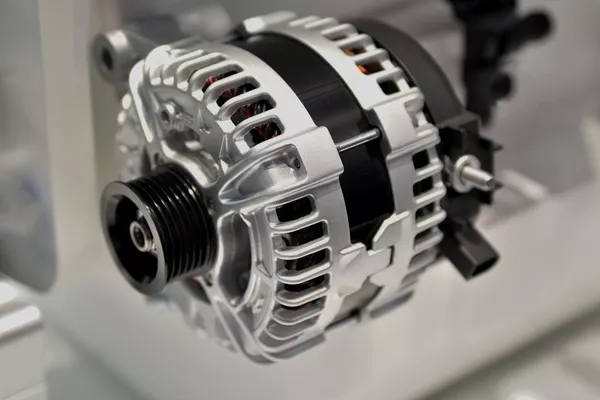
Alternators are essential to keep the car running
>>> Read more: 5 simple steps to get your car alternator checked in a proper way.
3. Radiator
A radiator is essential for your vehicle’s cooling system, functioning as a heat exchanger to keep the engine within its optimal operating temperature. It transfers heat absorbed by the coolant that flows through its parts, releasing it into the air before recirculating the coolant back into the engine.
As a car owner, you might have encountered issues with your car’s radiator, which comes in various shapes and sizes. When you take out an insurance policy on your car, make sure to check if your vehicle’s radiator is covered, as some insurance providers don’t include this anymore. Other insurance companies only allow radiators made of aluminum or copper.
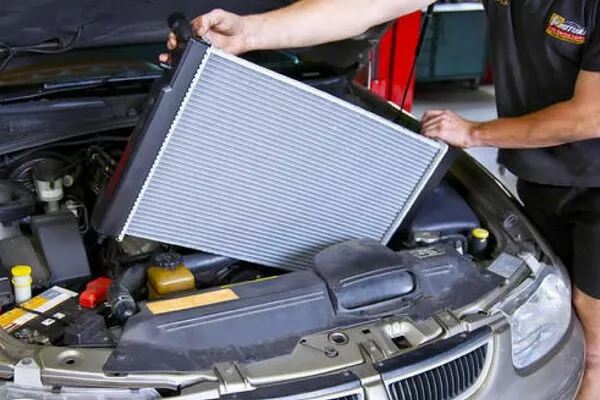
A radiator is essential for your vehicle’s cooling system
4. Fuel pump
A fuel pump is a crucial component of the fuel delivery system in your car, supplying pressure to the fuel injectors and is electronically controlled by the vehicle’s computer. The primary fuel filter is located inside the pump, which also contains the fuel level sensor and feeds the fuel rail.
If the fuel pump is damaged, the vehicle will be rendered immobile. The high cost of replacing this component might make some insurance companies hesitant to include it in their respective insurance policies. It’s important to shop around and assess which offerings suit your financial resources and auto needs before biting into one.
>>> Grab your attention: 7 Fuel Pump Problems That Tell You It's Time For A Replacement.
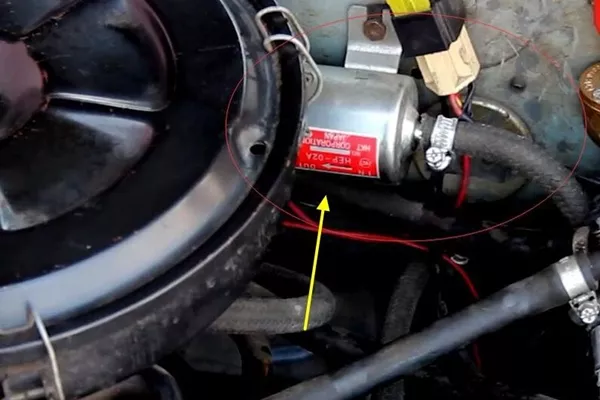
If the fuel pump is damaged, the vehicle will be rendered immobile
Despite your best efforts, accidents are bound to happen, and insurance coverage is a vehicle owner’s best bet against unforeseen events on the road. But when shopping around for an insurance provider, make sure to choose one that provides the most comprehensive coverage for your car. This will shield you against expenses that can potentially dent your savings.
Recent posts
- Car smart: 19 car insurance terms that you definitely need to know Jan 26, 2021
- Choose yourself with the better cars for low insurance premiums Oct 28, 2022
- Must-know tips to choose the best aftermarket car head units Aug 09, 2022
- Best car insurance companies for teens & college students in the Philippines Aug 09, 2022
- If The Shoe Fits: Choosing Aftermarket Wheels Sep 29, 2017












